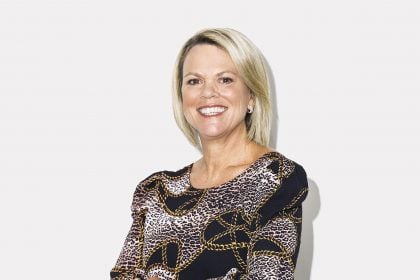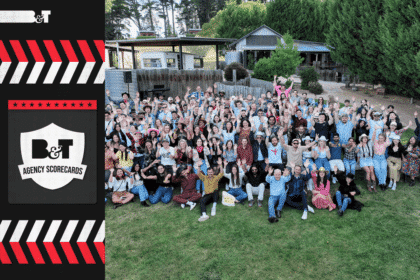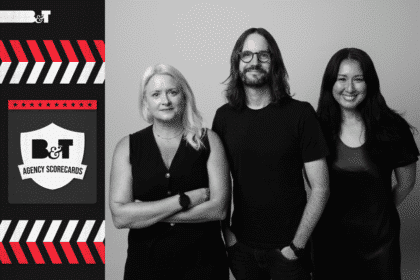Adobe MAX commenced this week in Miami. The event, which is dubbed the world’s largest creativity conference, brings together 10,000 creatives and showcases product updates and innovations throughout the Adobe Creative Cloud.
The last couple of years of MAX has, somewhat unsurprisingly, centred around AI and, most notably, the inclusion of Firefly – Adobe’s AI – into the Creative Cloud. This, for instance, leads to ‘generative fill’ becoming part of the day-to-day lexicon throughout studios, creative teams and design departments. At first, it referred simply to images, then vectors, now videos and soon 3D. Many more implementations of AI within design have since proliferated within the Creative Cloud, and especially within Adobe Express – a product that some have dubbed to be a ‘Canva killer’, but many would contest that assertion.
It’ll, therefore, come as little surprise to hear that once again, in 2024, the theme of automation repeats itself. Only this time, it feels far less cutting-edge and far more cutting.
The execs on stage made significant overtures to reassure the creatives in the room that the new raft of changes would augment jobs rather than cut them. The new software removes the mundanity from retouching and rollout, instead allowing creatives to innovate, imagine and ideate. Reassuring and wonderful as this is, I’d still be looking for a transfer if I were working in your agency’s finished art studio. This year’s innovations are mouth-watering or eye-watering (depending on your perspective) in terms of the upgraded speed of processing, simplicity of prompts and multi-platform integration.
One big extension has seen Firefly move into video in beta form. This enables creators to generate video from text and image prompts, extend video clips and smooth out transitions – all of which is deeply integrated into Premiere Pro.
“The usage of Firefly within our creative applications has seen massive adoption, and it’s been inspiring to see how the creative community has used it to push the boundaries of what’s possible,” said Ely Greenfield, chief technology officer, digital media at Adobe. “We’re thrilled to bring creative professionals even more tools for ideation and creation, all designed to be commercially safe”.
Ensuring Firefly remains on the conservative side of artificial intelligence has evidently been keeping the Adobe executives up at night, as they repeatedly reassured the audience that the Firefly video model is the first and only ‘commercially safe’ product on offer. What they mean by ‘commercially safe’ is that the model is trained only by using Adobe stock. It cannot infringe copyright and does not scrape the web. That means no impersonating someone’s likeness, no stealing photos and no naughty images.
Deepa Subramaniam, VP of Product Management for Creative Cloud, said that 2024 has seen a massive release for Creative Cloud and is most excited about the advances in video.
Further major updates touched upon in the opening keynote were the reinvention of Frame.io, allowing better sharing and collaboration within projects between creative teams and stakeholders. This extends beyond just video and into Adobe Express, which has also received a major revamp. Meanwhile, Project Neo, which launched in beta last year, continues to roll out and allows artists to simply create vector 3D illustrations and move them into Illustrator.
This article was written by Dan Uglow.








